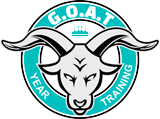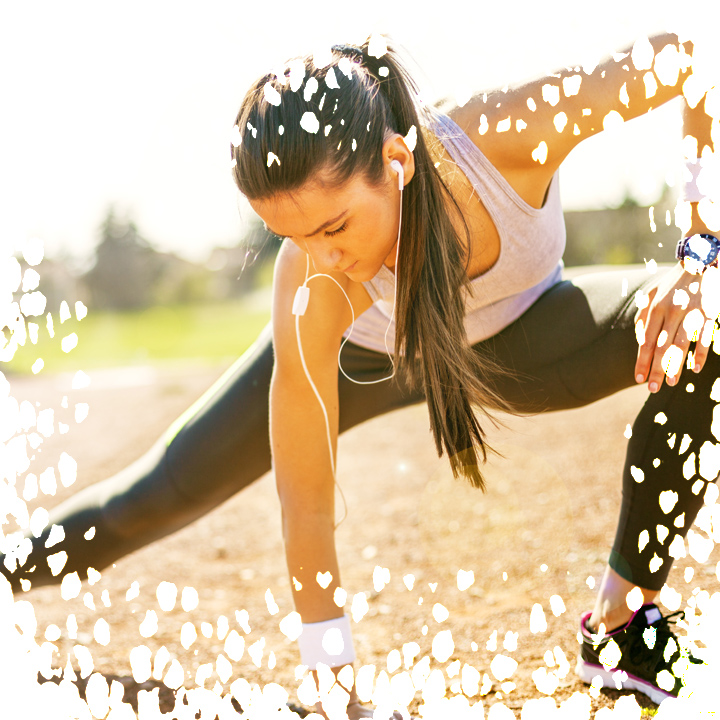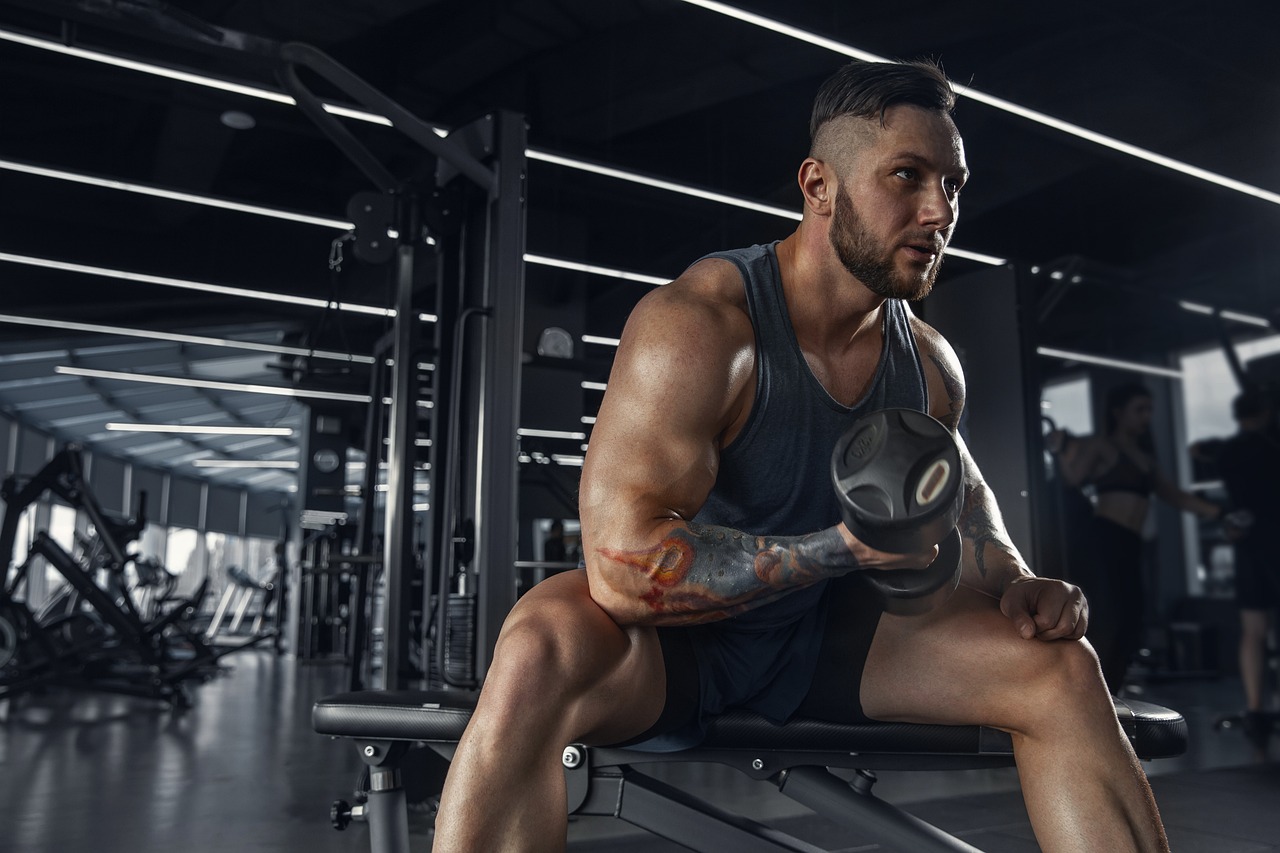I am sure you have seen some guy in the gym obsessively training his arms and doing more bicep curls than he could count. While some may view it as a waste of time, isolation (single joint) exercises play a pivotal role when it comes to your goals in the gym.
Hypertrophy, muscle size, is an important key to being strong and healthy. While you may not want to be a bodybuilder, having visible muscles is a visual cue you have discipline and are health conscious. Isolation exercises are great at increasing the size of underdeveloped muscles. If your goal is to achieve nice lean legs, you may want to dedicate some time to both the quads and hamstrings. By growing these muscles, you will also improve your knee health.
Isolation exercises should not be neglected in the pursuit of strength. Bigger muscles have more potential to produce high amounts of force. You can incorporate single joint exercises to strengthen specific muscles that might be lacking. If you want to improve your squat or deadlift, but your hips keep coming up too soon, you need to isolate your hamstrings, glutes, and low back muscles. Their lack of strength is causing you to use your quads, causing your knees to extend and your hips to rise. This technical compensation (stronger muscles compensating for weaker ones) has the potential to cause an injury in the future. Exercises like glute-ham raises and pull-throughs can significantly improve your performance for this scenario.
Regardless of your goal, there is a time and place for compound and isolation exercises. Generally the best order is to start with the compound exercises because they require the most amount of energy. You can finish the last bit of your training with single joint exercises. Pick the ones that will help you most. If your bench press is weak, consider doing lots of back and tricep exercises. If you feel your quads are not to your standard, start with front squats and finish with leg extensions.
Every type of exercise has pros and cons. They all have the potential to work for or against you. It’s up to you and/or your coach to figure out what you need and what your body responds to best. Have a goal, make a program, follow the program, take notes, and don’t be afraid to try something new.



